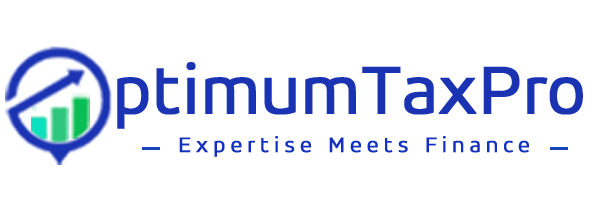Dealing with taxes can often feel overwhelming, especially when faced with the myriad of IRS tax forms. Each form serves a specific purpose, and understanding which form to use and how to accurately complete it is crucial for proper tax filing. This guide aims to demystify some of the most common IRS tax forms, helping you navigate your way through the essentials of tax preparation.
- Form 1040: The Standard Individual Income Tax Return
Purpose: This is the standard form used by individuals to file their annual income tax returns.
Who Needs It: Any individual filing a personal income tax return.
Key Sections: Income, deductions, tax credits, and refund or amount owed. - Form W-2: Wage and Tax Statement
Purpose: Employers use this form to report an employee’s annual wages and the amount of taxes withheld from their paycheck.
Who Needs It: Employed individuals who need to report their salary and wage information on their tax return.
Key Sections: Income, tax withholding, Social Security earnings. - Form 1099: Various Types for Different Incomes
Purpose: Used to report income other than wages, salaries, and tips. The form varies depending on the type of income (e.g., 1099-MISC for miscellaneous income, 1099-DIV for dividends).
Who Needs It: Individuals who have received income from non-employment-related sources.
Key Sections: Type of income received (interest, dividends, freelance income). - Form 1098: Mortgage Interest Statement
Purpose: This form is used by lenders to report the amount of interest and related expenses paid on a mortgage.
Who Needs It: Homeowners who are itemizing deductions and have paid mortgage interest.
Key Sections: Mortgage interest paid, points paid on purchase, insurance payments. - Schedule C: Profit or Loss from Business
Purpose: Used by sole proprietors to report the income or loss from a business they operated or a profession they practiced as a sole proprietor.
Who Needs It: Individuals who are self-employed or own a business.
Key Sections: Business income, expenses, cost of goods sold, profit or loss calculation. - Form 4868: Application for Automatic Extension of Time To File
Purpose: Used to request an automatic extension of time to file an individual tax return.
Who Needs It: Individuals who need more time to file their tax return.
Key Sections: Identification information and estimate of tax liability. - Form 8863: Education Credits
Purpose: Used to claim education credits, including the American Opportunity Credit and Lifetime Learning Credit.
Who Needs It: Taxpayers who have incurred education expenses for themselves or a dependent.
Key Sections: Educational expenses, school information, calculation of credit.
Filling Out and Filing Your Forms
When filling out any IRS form, accuracy is key:
Gather Necessary Documentation: Before you start, ensure you have all relevant financial documents.
Follow Instructions Carefully: Each form comes with detailed instructions. Read them thoroughly to ensure correct completion.
Seek Professional Help if Needed: If you’re unsure about any aspect of your tax forms, don’t hesitate to consult a tax professional.
Remember, the correct form and accurate completion are fundamental to proper tax filing and can potentially save you from costly errors and legal complications.
At OptimumTaxPro, we are committed to helping you navigate the complexities of tax filing. If you need assistance or have questions about your tax forms, feel free to reach out to us.
Let’s make tax filing less daunting and more efficient.





